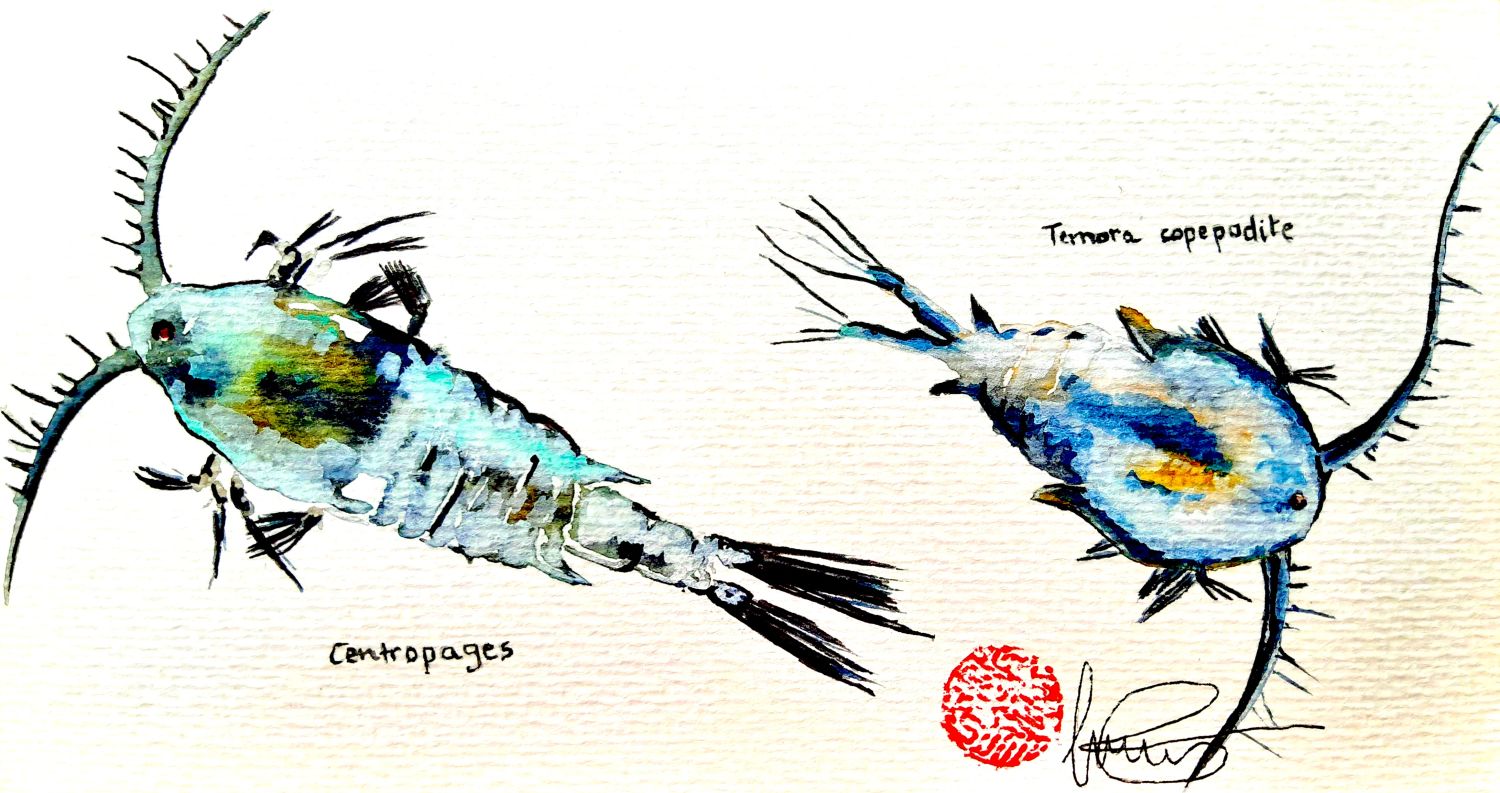Artificial Upwelling Round III: Si*

Unbelievably, one year has passed from the last KOSMOS experiment and we are back in beautiful Gran Canaria for more! While last year we tested for different mixing regimes and upwelling intensities, this time around we want to study the effect of different silica to nitrate and phosphate ratios of the artificially upwelled water on the development of the planktonic community and the trophic transfer efficiency. And of course, the plankton lab is back in the game excited for more early morning samplings and late night scope sessions, with the occasional “¡Ay que bonito!” and “¡Pero que mono!” being yelled by different people as we scan through the samples. We can proudly say it: spirits are high!
And so far, our mesocosm zooplankton community has not disappointed! We started off slow, with quiet empty samples on the first day after mesocosm filling, but by day 5 these little buggers have picked up, with Centropages, Temora and Paracalanus, some of the most common copepods so far, busily steeming past and many times successfully escaping my pipette. I must say that I do miss the diversity that we started off with in 2018, but so far we’ve already had an interesting turn of events, and I can’t wait to see what will happen next.
Many things have changed with regards to last year, but there is something that has stayed the same: these intriguing and often overlooked little creatures do not seize to amaze me!



